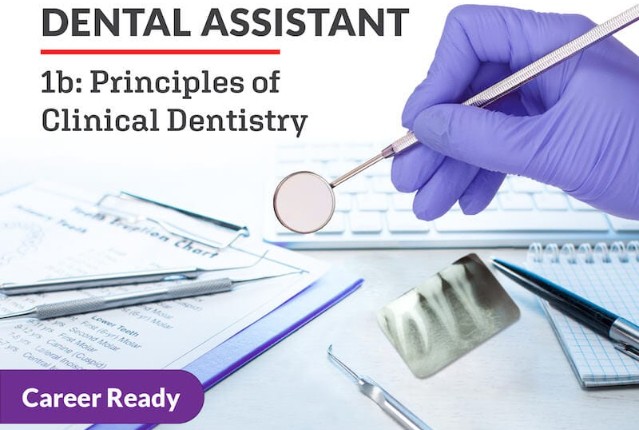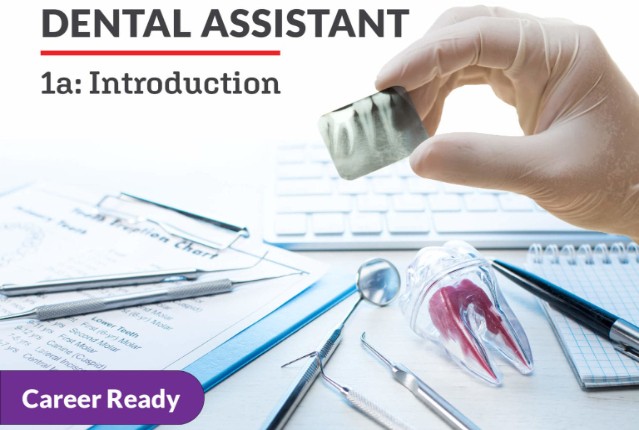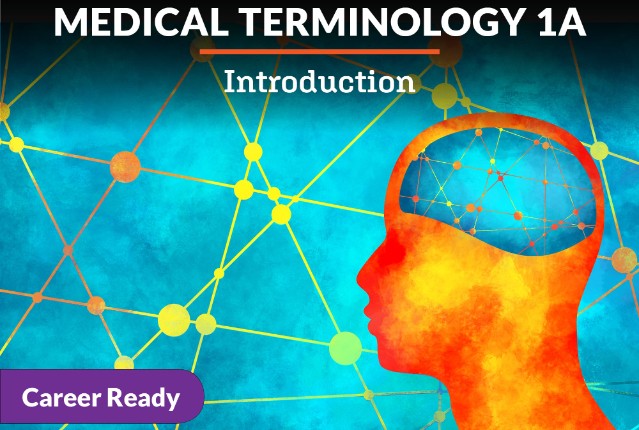
Dental Assistant 1b: Principles of Clinical Dentistry
You have scraped the surface of how rewarding assistant dentistry can be, and now it’s time to drill deeper into the inner-workings of the role. In Dental Assistant 1b: Principles of Clinical Dentistry, you’ll learn about the daily duties of a dental assistant including the structure of an office visit, managing patient records, and administrative aspects of the role. You’ll also explore how patient health can impact oral health, how to prepare for and perform a patient visit, and how to succeed in a team environment. Let’s continue polishing those skills to become a dental assistant today!
Review course outlineAccess for a year
USD 299.00*
* Choose more courses to get a discount



